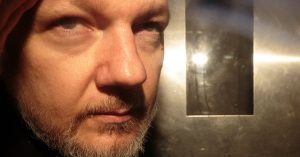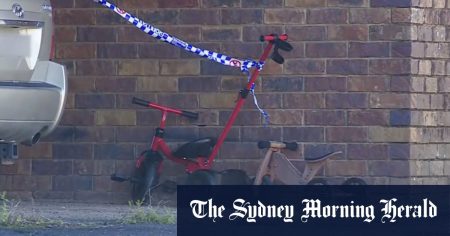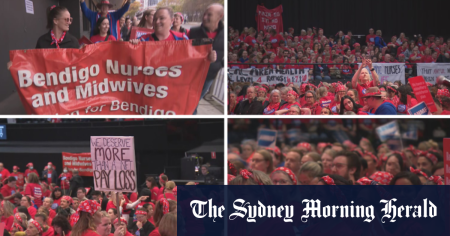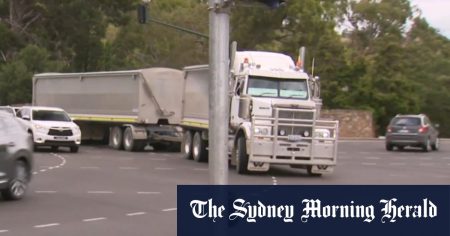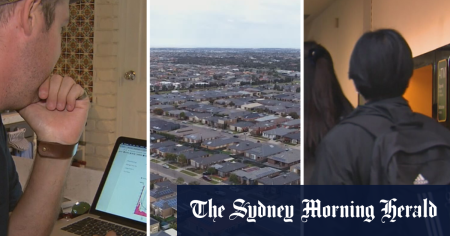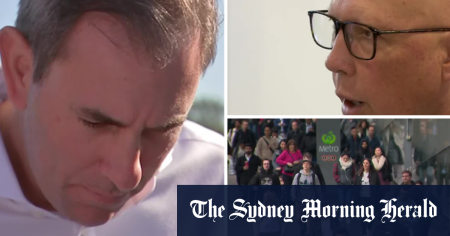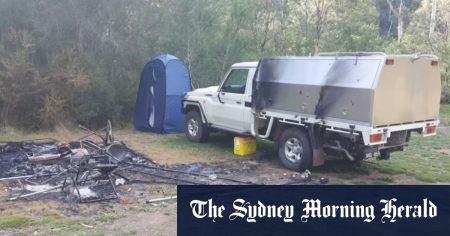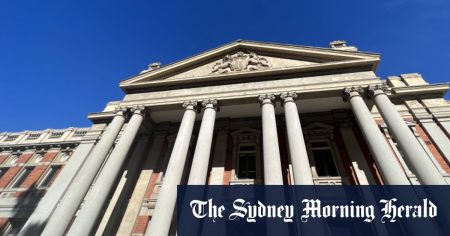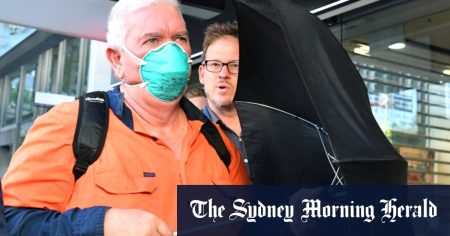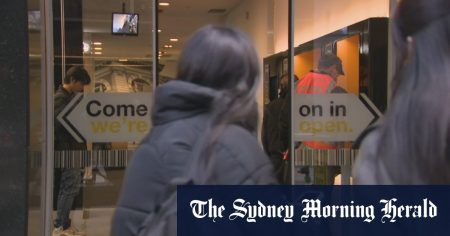By 2013, Paul O’Brien had generously donated 880 negatives to the State Library of Queensland, recognizing the historical significance of his photographs in documenting the social history of Brisbane. O’Brien began his photographic journey with a Kodak 110 camera before transitioning to 35-millimetre cameras, meticulously organizing his negatives in a book. His collection includes images of 50 Brisbane bands from the early 1980s, capturing iconic groups such as the Go-Betweens, the Apartments, Riptides, and more. Additionally, O’Brien’s photographs depict the vibrant scenes of people at shows, on Brisbane’s streets, and inside their homes, providing a comprehensive visual narrative of the era.
O’Brien acknowledges that his focus shifted from capturing band shots to documenting the individuals attending the gigs and embodying the spirit of the era. He emphasizes the importance of the people in his photographs, showcasing their interactions, dances, and friendships within the punk and post-punk subculture of Brisbane. His images offer a unique perspective on the era, capturing moments of connection, rebellion, and creativity that characterized the underground music scene during that period. By donating his negatives to the State Library, O’Brien has preserved a crucial part of Brisbane’s cultural history that might have otherwise been lost.
The Brisbane punk scene, and by extension, the city’s broader cultural history, greatly benefited from Paul O’Brien’s dedication to documenting the era through his photographs. His images provide a rare glimpse into the lives of young people in Brisbane during a time of political upheaval and cultural transformation. Robert Forster, in his essay accompanying O’Brien’s book and exhibition, praises the photographer for his unique perspective and ability to focus on the human element within the music scene. O’Brien’s photographs capture a moment in time when young people in Brisbane were embracing new music and cultural cues, forming connections with like-minded individuals and pushing back against societal norms.
John Willsteed, another contributor to O’Brien’s exhibition, highlights the tumultuous political and social landscape of Brisbane during the late 1970s and early 1980s. Young people, marginalized and often targeted by authorities, found solace and empowerment within the punk and post-punk subcultures. The influence of critical thinking and political education at universities like UQ and Griffith opened minds and ignited a sense of justice among the youth. O’Brien’s photographs reflect the convergence of different subcultures in Brisbane, showcasing a diverse array of looks, attitudes, and beliefs that shaped the underground scene of the time.
The exhibition of Paul O’Brien’s photographs at the Woolloongabba Art Gallery offers viewers a visual journey through the punk and post-punk era in Brisbane from 1978 to 1982. Accompanied by panel discussions, live shows, and essays by prominent figures like Robert Forster and John Willsteed, the exhibition provides a comprehensive exploration of the cultural significance of O’Brien’s work. Through his lens, O’Brien captured a moment of rebellion, creativity, and camaraderie among young people in Brisbane, leaving behind a visual legacy that continues to resonate with audiences today. The exhibition serves as a testament to the enduring impact of the punk and post-punk movements in Brisbane’s cultural history, showcasing the power of photography to preserve and celebrate moments of social change and artistic expression.

